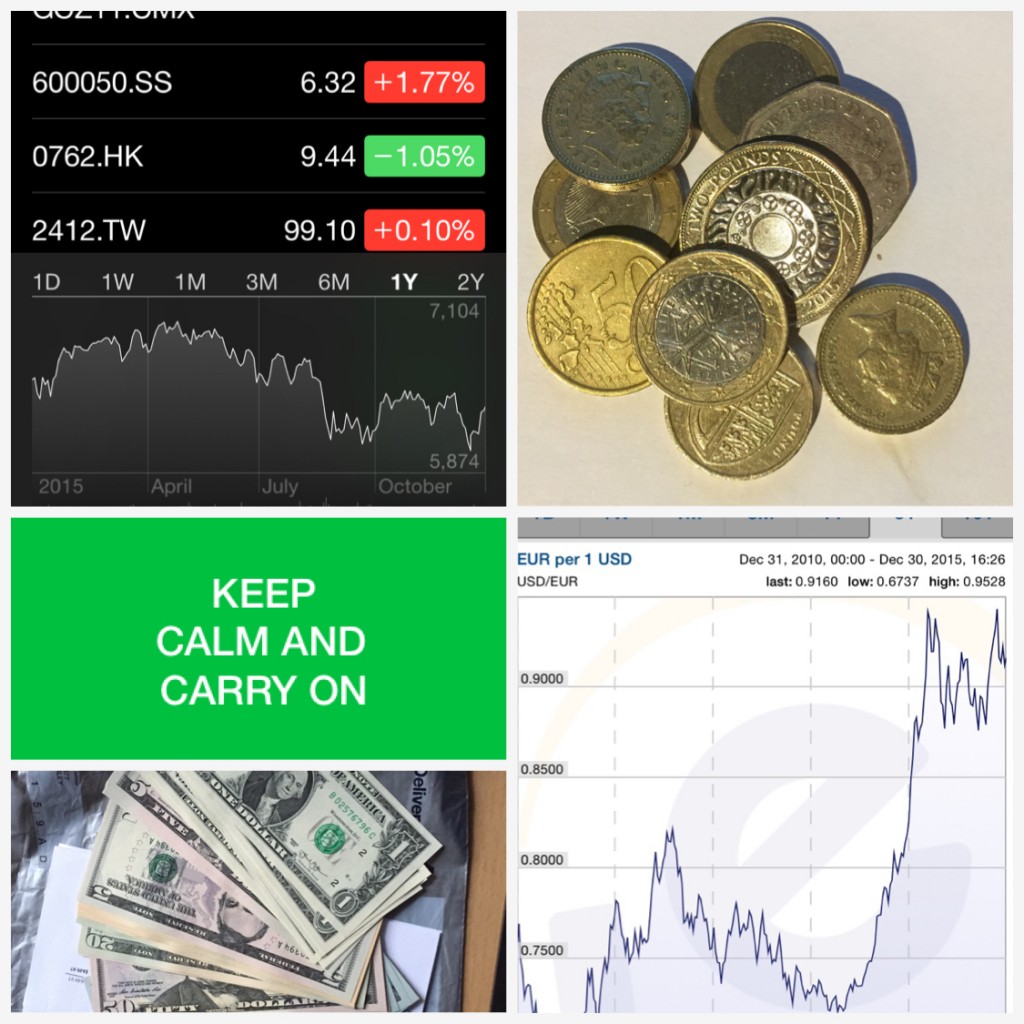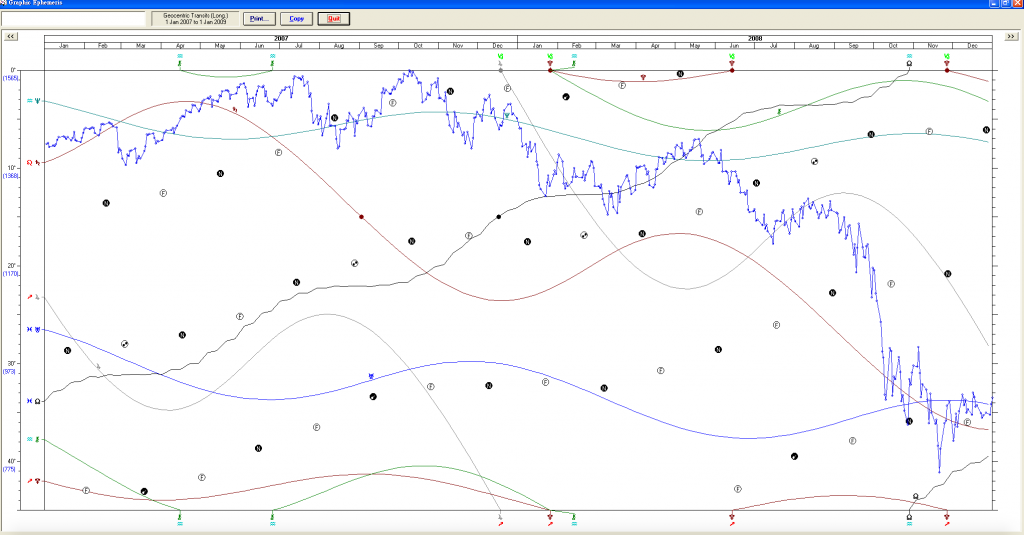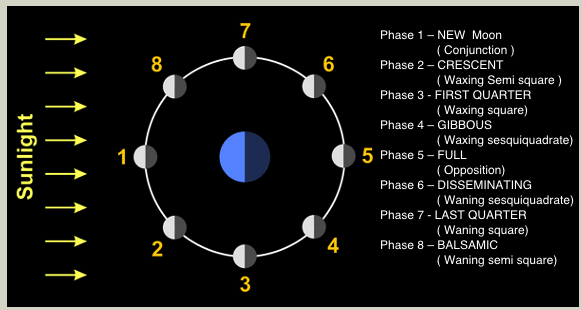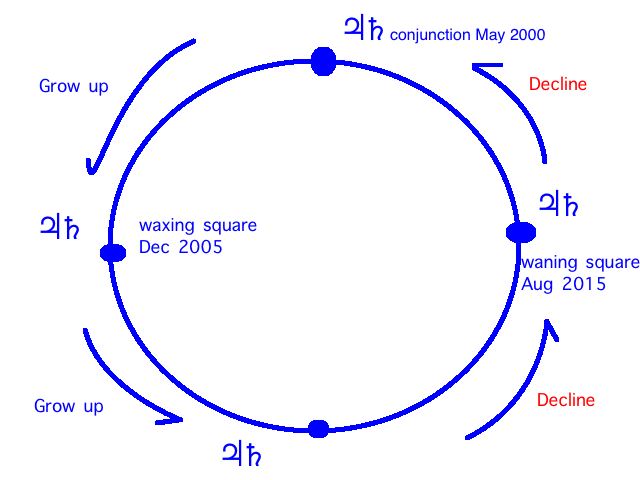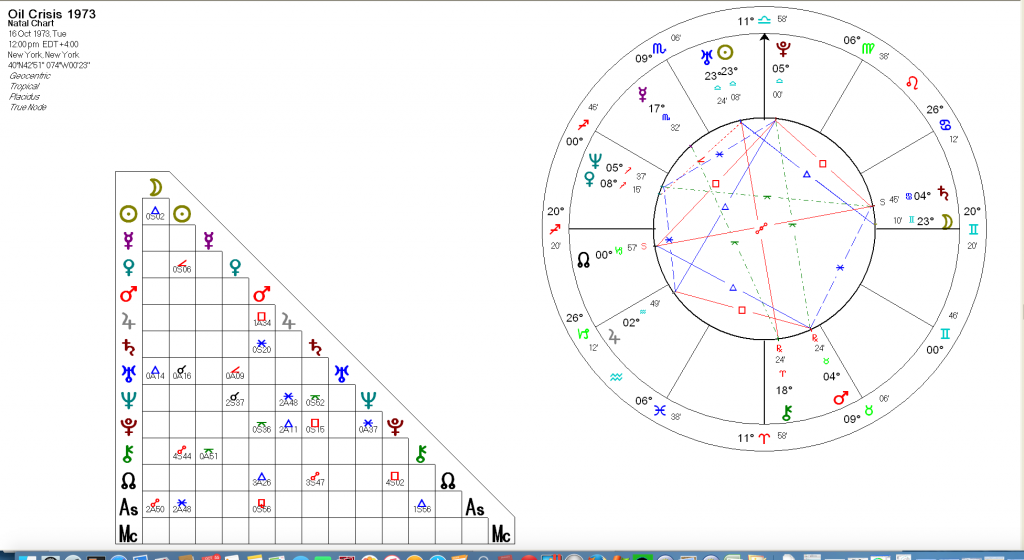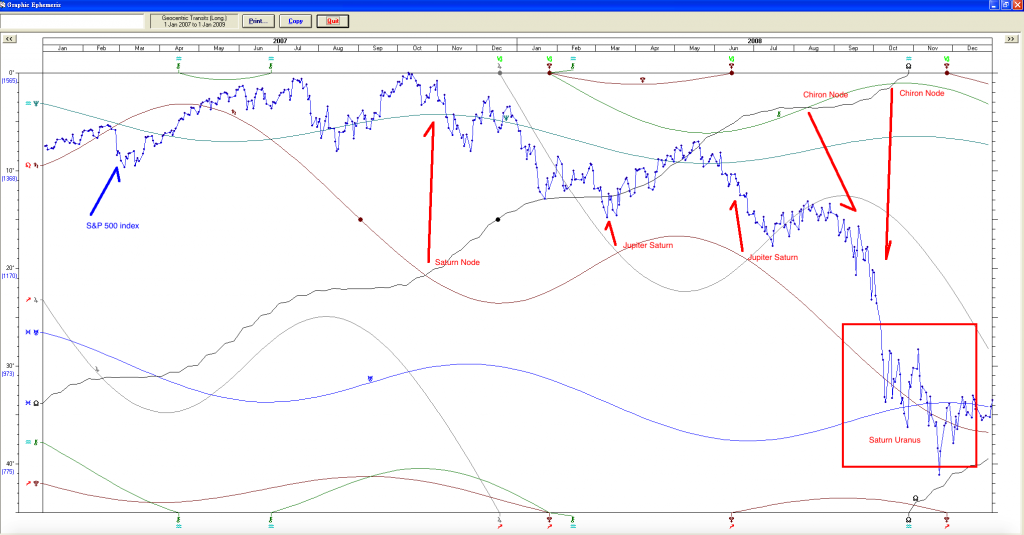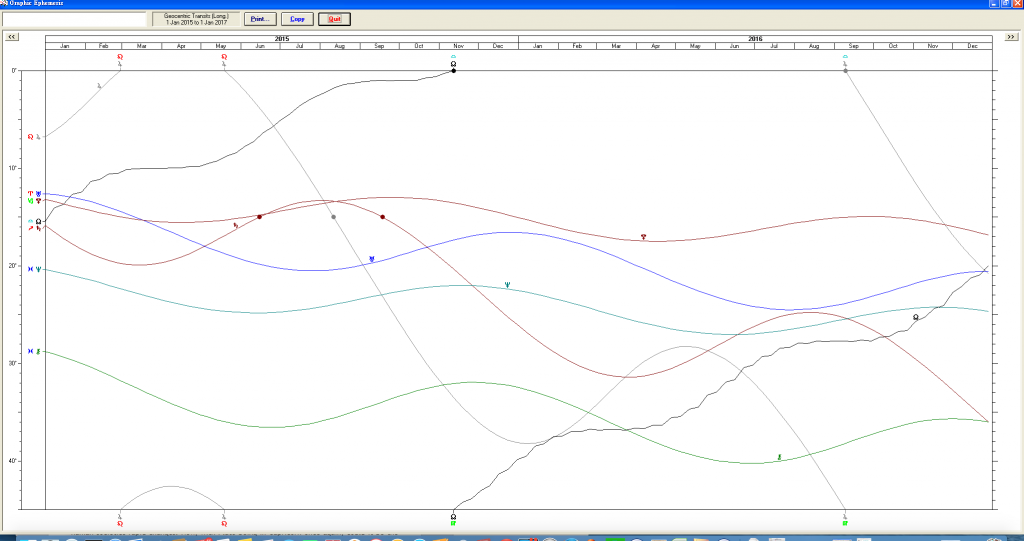In the history of astrological development, a variety of techniques have been developed in order to predict economic trends or fluctuations of stock markets. Lots of astrologers are devoted to studying the relationship between astrology and stock markets or futures. However, there is one thing that we should never forget – economic development can never be isolated from national and social development. Therefore, when we try to predict the development of certain financial markets, astrological techniques on predicting communal and national development must be taken as the basis for the judgment of the overall economic situation.
fig 1. Stock market and Outer Planet Cycles
Perhaps you might predict whether the price of a stock will rise based on your observation through astrology, or, like many astrology beginners might do, you could possibly predict a bull market because there is a harmonious Venus-Jupiter aspect; however, you might have overlooked the conjunction of Neptune and DC in the vernal equinox chart of the country implying floods or overflows, or the ingress of transit Pluto into the second house of the national chart which brings forth a strong implication of economic crisis. You might believe that transit Saturn located at MC of a solar eclipse chart has nothing to do with economic development, and that could be where your prediction starts to deviate from the happenings and development of this material world.
Every technique of mundane astrology, which predicts social and national development, helps financial astrologers to address the possibility of a region’s financial development. This includes the interactions between a national chart and its planetary transits, its secondary progression or solar arc progression; furthermore, the observation of seasonal ingress charts, eclipses charts and even charts of new moon and full moon, which can accurately predict climatic changes, should all be put into consideration. Besides, any planets, signs or houses related to financial issues can help us predict the direction of economic development.
William Delbert Gann, who is also an astrologer himself, is a legendary American investor in the 20th century. His publications tell us how important astrology is in his predictive analytics. Lots of astrologers follow his path and use astrology as a tool to analyse the trend of stock market development. However, if we read his works carefully, we see that planets beyond Mars are where his focus is on. Australian astrologer Olga Morales has an astounding research on this; on the other hand, Bill Meridian, an American astrologer, has an impressive contribution to the research of the relationship between astrology, stock markets and economic development. He has collected a massive amount of data of the market and compared the influence that planetary cycles and planetary synodic cycles bring forth respectively. His research has inspired and enlightened me a lot.
fig 2 Gann’s May Soy Beens price 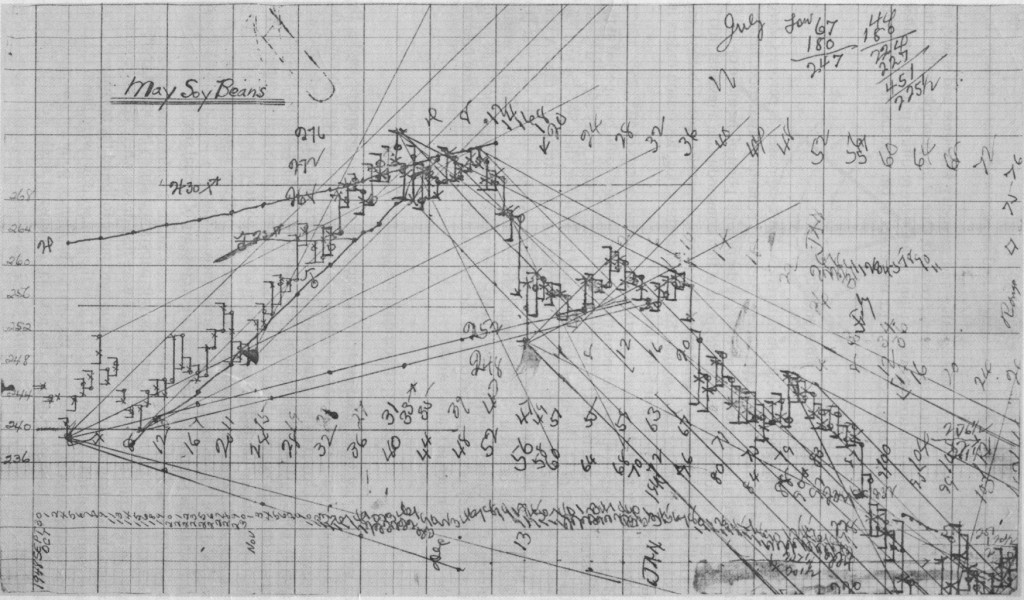
Outer Planet Cycles
Nevertheless, in this article, I will go back to the fundamentals of astrological symbols so as to observe the relationship between ups and downs of economic development and planets. Despite the fact that Darby Costello, my mundane astrology teacher in Faculty of Astrological Studies, is not a financial astrologer, she has conducted an in-depth study into planetary cycles and illustrated the relationship between economic development and outer planet cycles. In 2008, when Pluto was about to ingress into Capricorn, Costello pointed out that whenever Pluto ingresses into Capricorn, not only the political structure of a nation would be subjected to turbulent upheavals, but drastic changes would also take place in economic activities in human societies. Cardinal signs symbolise the major structures of our societies. When Saturn, Uranus, Neptune and Pluto ingress into these signs, there would be fluctuations and turbulence in the economy; in these times, we should not underestimate the extent that the market would respond. Annual ingress of Jupiter into a sign could possibly be related to the inclination concerning which industries would thrive, while lots of astrologers find that lunar nodes are far more sensitive to economic markets than we have ever imagined. In Gann’s research, there is a famous table enlisting a 9-year economic cycle, which is actually based on his observation on the movement of nodal axis along the ecliptic. Interestingly, although lunar nodes are not planets but just two points at which the solar orbit and lunar orbit intersect, they inform us of economic changes accurately. Moreover, stations of outer planets in the ecliptic often signal the timings when drastic political and economic changes take place.
Relationship between Synodic Cycles of Outer Planets and Economic Development
Before we start to explore what each planetary aspect implies in financial astrology, let’s get ourselves familiar with the concept of planetary synodic cycles first, as this will benefit our study a lot. Dane Rudhyar, who is credited as the father of modern astrology, studied aspects and development of life cycles from the perspective of Sun-Moon synodic cycle and this has laid tremendous influence upon countless modern astrologers. Simply put, a synodic cycle of any two planets starts when the faster planet approaches the slower one which leads to a conjunction. As the faster planet keeps on progressing, they will form several stressful aspects in the cycle including semi-squares, squares and oppositions, each of which chronicles a significant change of issues represented by these two planets.
In Sun-Moon aspects, an opposition means a full moon, which is the climax of the lunar cycle and the brightest day of the moon. Astrologers suggest that the waxing moon phases from new moon to full moon symbolise developments, leading to the belief that the waxing phases of any two planets between their conjunction and opposition may also imply growth and development. The key phase here is the square formed before opposition, which is also named the waxing square, a vital challenge in the development. Similarly, from opposition to the next conjunction, modern astrologers see it as the waning moon which gets smaller as the phases progress, implying that it is the ending process of issues and the cycle. The square formed after the opposition is called the waning square, implying that there would be a major challenge confronted by the cycle of the issue, similar to the fact that a lot of entities would come to the ending phase of a period in winter so as to allow the new beginning to happen during the next conjunction.
Historically, many important economic crises took place when outer planets formed aspects to one another; at times when outer planets form a waning square which often bears the attribute of ending to the cycle, its influence will be more vigorous than other aspects. Besides, we can allow the outer planets to have a greater orb. We do not need to wait for the exact aspect to observe the happening of changes. Rick Tarnas, a mundane astrologer, gives a 10 degree orb to the outer planets, a very wide one to many astrologers’ judgment. He explained that it takes a very long time for economic or political incidents to brew and accumulate stress, which I can comprehend in a sense that signals often arise right before two outer planets approach each other and enter the 10 degree orb. Perhaps this is worth noticing from the perspective of taking precautions.
Jupiter-Saturn: Jupiter symbolises plans, developments and expansions. Traditionally, it is also related to wealth. From the modern point of view, the synodic cycle of Jupiter and Saturn which lasts 20 years is the most important symbol of social development in astrology. What’s special here is that Jupiter symbolises development and expansions whereas Saturn represents implementation and contraction; when the two energies interlock and interact, issues like confrontations between the liberal parties and the conservatives in politics, free economy (Jupiter) and government intervention (Saturn) in the financial market, or the metabolism of certain thriving industries are all related to the waltz of these two planets. Lots of financial crises occur when Jupiter and Saturn form a stressful aspect. Sometimes, when there are other accompanying factors, there could be financial crises and economic depression even when Jupiter and Saturn are in a harmonious aspect; in this case, the harmonious aspect here will not be the major reason behind the crises. Most mundane astrologers believe that the 20-year Jupiter-Saturn cycle can be categorised into two main phases, the first 10 years from conjunction to opposition as the waxing phase which symbolises a progressive development, and the next 10 years from opposition to the next conjunction as the waning phase which is a period of depression and reorganisation. Last Jupiter Saturn opposition occurred on 2010 and next conjunction will be in 2020.
Fig 4 (Jupiter Saturn )
Jupiter-Uranus: In the past, the Jupiter-Uranus synodic cycle was not emphasised in financial astrology. Considering the properties of these two planets, it could be true that they might not be appropriate when we only focus on crises, horrors and economic recessions. However, the number of industries related to Uranus has been increasing in recent years, including the information-technology industry and energy industry (when nuclear energy is considered); almost all industries which are related to advanced technology are within the realm of Jupiter and Uranus. In 1999 to 2000, from the dot com bubble burst, we find that Jupiter and Uranus formed a square at that time, and they even formed a square to the Jupiter-Saturn conjunction. In a way, when Uranus formed a square to Jupiter and Saturn at the same time in this chart, it implied that Uranus would play a major role in this 20-year economic cycle.
Jupiter-Neptune: In the same way, it is not easy for Jupiter and Neptune to be the attention of financial astrologers. These two planets are related to dreams and adventures, and we might not see how they interact in incidents related to crises and recessions. However, in 1997-2000, the era when the craze of Internet development swept around the world, Jupiter was forming a conjunction with Uranus and Neptune in Aquarius; around August -September 1998 when Jupiter formed a sextile with Neptune, the NAZDAQ index began to skyrocket for next couple years .
(fig 5) Jupiter-Neptune and Stock Market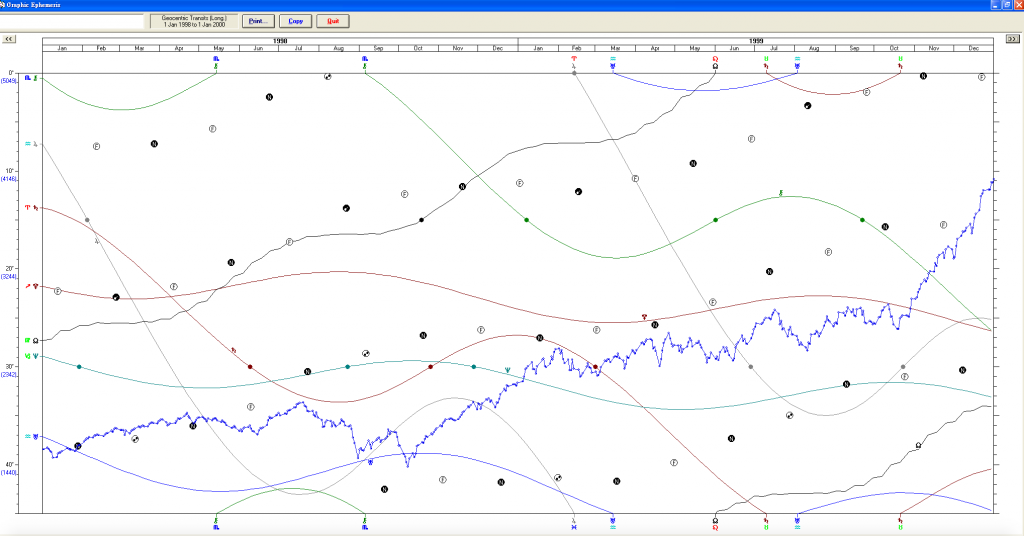
Saturn-Uranus: These are another pair of planets which are far too underestimated by modern financial astrologers. A lot of astrologers only regard them as the conservative power and revolutionaries in politics; however, Saturn actually symbolises the vested interest in tradition, including the conservative entrepreneurs, governments and regimes, whereas Uranus often symbolises the uprising middle class and those entrepreneurs who refuse to be bounded by laws and regulations. There is a close relationship between industrial revolution and the rise of capitalism, both of which took place when Uranus was discovered in the 18th century; the French Revolution was also a revolution by the middle class at the beginning, which is why Uranus can precisely represent the middle class and the rising magnates. Aspects of this pair of planets are tied to entrepreneurs, market speculators and the rise of information technology. In 1980, the Depositor Institutions Deregulation and Monetary Control Act was seen as the beginning of economic liberalisation of U.S. The U.S government carried out a substantial deregulation to the financial industry later in 1986 – Uranus formed a sextile to Saturn in Scorpio when the Act was passed, after which many European countries followed suit. For instance, Iceland, which relied on fishery and tourism, became rich with the help of economic liberalisation. However, in the 2008 economic crisis, Iceland bore the brunt and suffered severe shock. It not only became a case study of financial crisis but also was treated as how the result of economic liberalisation manifested. The Saturn-Uranus opposition at that moment was an important signal, and it also symbolised that the result of liberalisation (Uranus) of economy from governance (Saturn) was finally seen by the world.
(fig.6) Depositor Institutions Deregulation and Monetary Control Act has Saturn Uranus sextile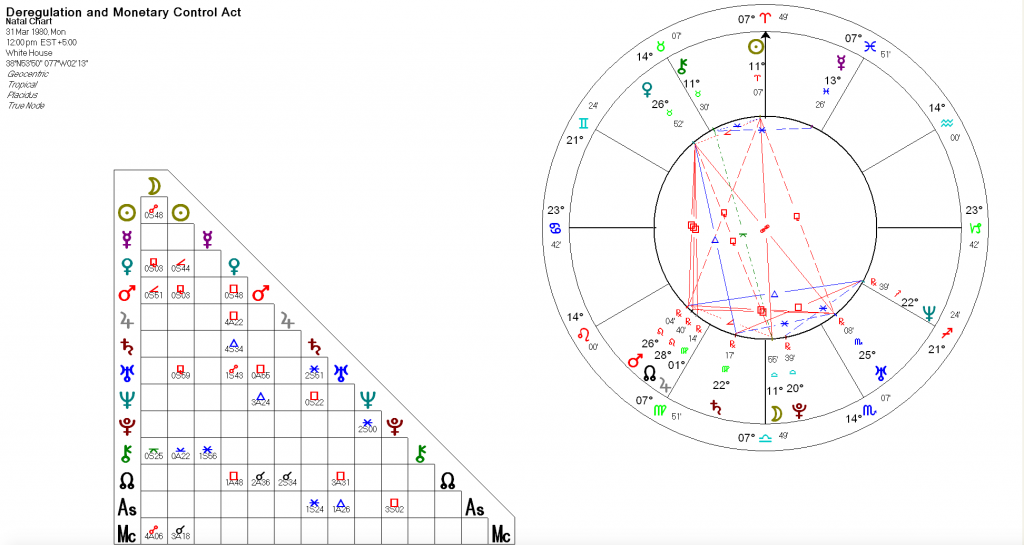
Saturn-Neptune: To some astrologers, Neptune symbolises chaos or lies. Few astrologers believe that Saturn-Neptune aspects could be related to finance; however, in many circumstances, Neptune symbolises the result of maritime trades in ancient times. You might bear tremendous risk, but at the end of the day if you manage to complete the voyage, you would be capable of bringing back expensive silks and spices, which means a huge reward. I regard Saturn-Neptune aspects, Jupiter-Saturn aspects and Uranus-Saturn aspects as the ones which can best manifest economic development. Politically, the pairing of Saturn-Neptune is related to the left wing, liberalism, and the political changes between communism and the conservatives. When regarding economic development, Neptune often symbolises people’s dreams and longings. Lots of people use “economic bubble” to describe an economic situation in which over-speculation occurs with a lack of real value, the earliest use of which can be dated back to 1720 in the South Sea Bubble incident. At that time, the South Sea company exaggerated its revenue to attract people to buy its stock. Finally, the British Parliament legislated to stop the craze. On 29th December, 1989, the Japanese economic bubble burst which eventually led to a 10-year economic recession. It started at the time when Saturn and Neptune formed a conjunction.
fig.7 Saturn and Neptune conjunction on 29th December, 1989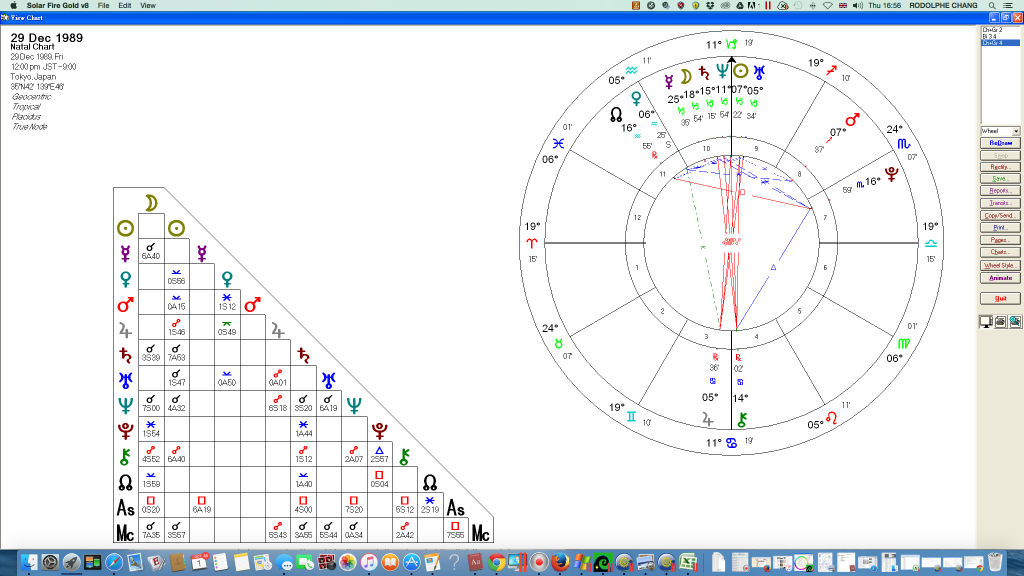
Saturn-Pluto: We usually do not suggest that Saturn-Pluto aspects have any influence to economy, but we need to be aware that Pluto is often related to oil and minerals underground. Saturn usually implies governmental control and regulation, whereas Pluto suggests invisible influence. I noticed that when oil crisis first took place in 1973, Saturn was in Cancer while Pluto was in Libra, forming a waning square. In June to December 2014 when the oil price drastically dropped, Saturn and Pluto were in a semi-square. This aspect is related to government intervention, and at the same time it is also related to the influence of minerals and oil.
Uranus-Pluto: This pair of planets plays a very important role in mundane astrology. They symbolise a radical change in human civilisation. In the past few years, many astrologers reminded us that such changes would affect our living. Although astrologers were not keen to put Uranus-Pluto aspects into consideration when addressing economic development, drastic political changes and tense international relationships could possibly lead to potential market changes which are worth our attention. We could observe that the Uranus-Pluto square in 2012-2016 would still possibly influence economy to a certain extent.
fig.8 Oil Price with Saturn Pluto aspect 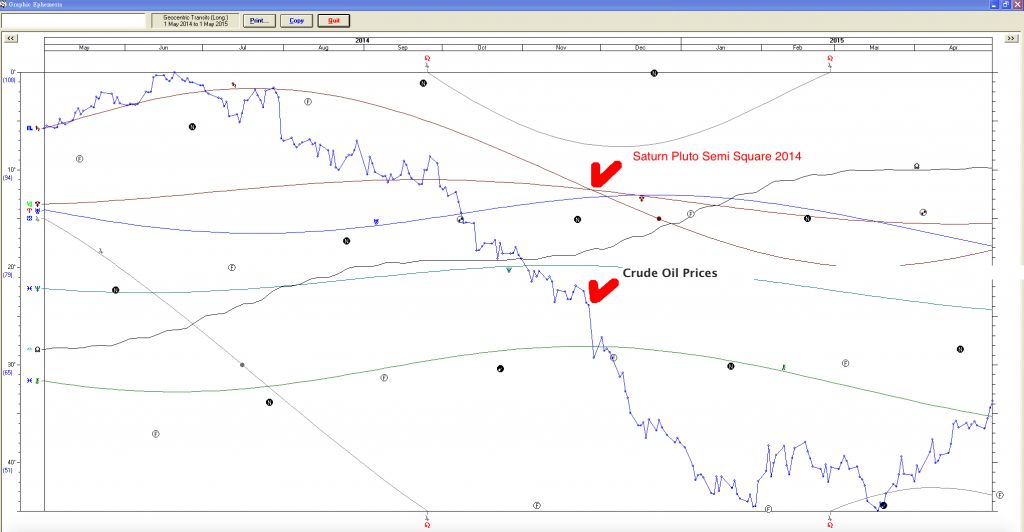
Nodal aspects: Lunar nodes are points where the solar orbit and lunar orbit intersect. Symbolically, it is where people gather, which is why some astrologers suggest that lunar nodes reflect how people respond. No matter which planet is involved, it would be best when a planet and a lunar node form a conjunction, which often symbolises characteristics that the market response may carry. When Jupiter and a lunar node form a stressful aspect or a conjunction, it implies that people are optimistic to the market, and it usually is the time when high-return investments could possibly have a better performance. When a lunar node and Saturn forms an aspect (especially a conjunction), people hold a pessimistic and depressing point of view towards the market. When Uranus and north node, which implies people’s reaction, form an aspect, it is when people could possibly choose a rather conservative investment or they might expect a forthcoming vigorous market reaction, and the advanced technology industries would be much concerned in this case. Conjunction of Neptune and a lunar node often suggest that people are highly expecting, over-excited, or even willing to take risk for an enormous reward, whereas Pluto bears the implication of recession, ending and reintegration; however, Pluto somehow is closely related to the underground minerals and oil.
fig 9 Nodal aspects and Market performing 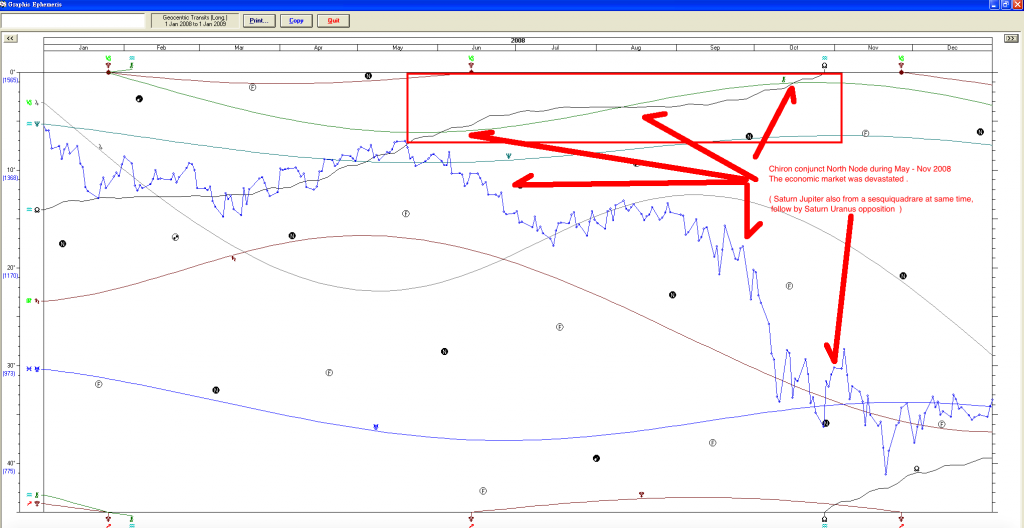
Noticeable economic crises study
Now, we try to focus on the Great Depression, the most noticeable economic crisis in the 20th century. Despite the fact that Saturn was only applying to Neptune to form a trine accompanying a Jupiter-Saturn opposition when Wall Street Crash occurred in October 1929, we had a Saturn-Uranus waning square after the Great Depression in 1930 – 1934, a Uranus-Pluto waning square in 1931 – 1936, and finally a Saturn-Neptune opposition in 1936 – 1937.
1929 – 1936
When we focus on 1929 Wall Street Crash – the largest and most important economic depression in the 20th century – we would find that although Saturn and Uranus were only applying to a trine at the moment with an upcoming Jupiter-Saturn opposition ( exact on 1931), we had a Saturn-Uranus waning square after the Great Depression in 1930 – 1934, a Uranus-Pluto waning square in 1931-1936, and finally a Saturn-Neptune opposition in 1936-1937.
fig 10 Outer planets aspect between 1929-1930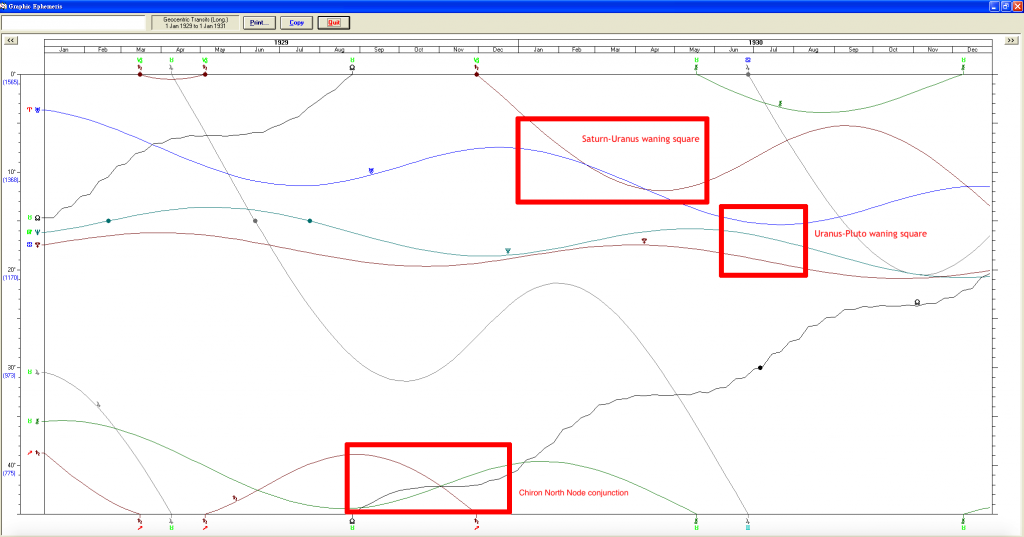
fig 11 Saturn-Neptune opposition in 1936-1937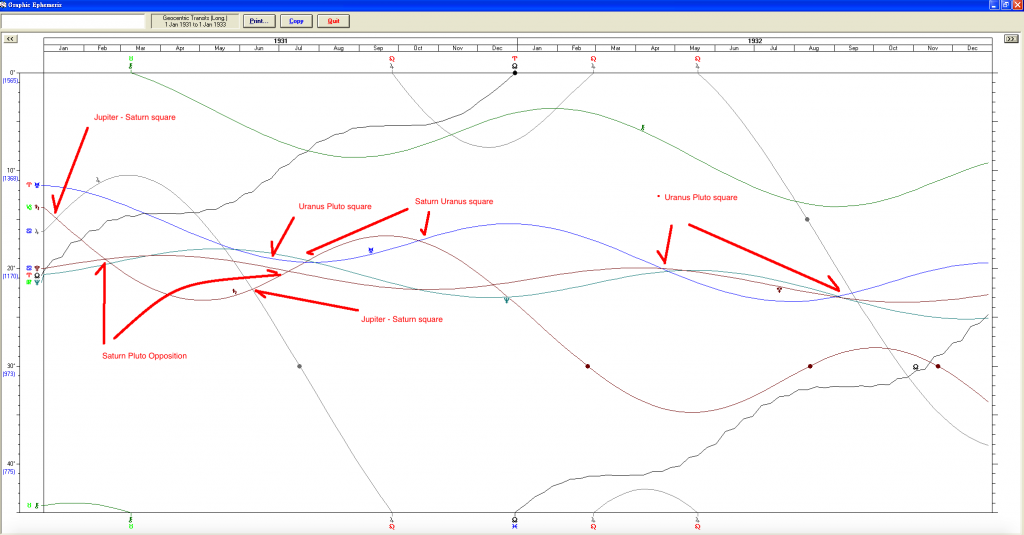
1973 – 1975
We now observe the oil crisis and stock market crash which took place between 1973 and 1974. In U.K, this crisis even lasted to 1975. On 16th October 1973 when the oil-exporting countries regulated the oil price which led to a series of economic crises, Jupiter and Saturn formed a quincunx, Saturn and Neptune another quincunx, Saturn and Pluto a waning square, and Saturn and the north node an exact conjunction.
2007 – 2012
The most recent economic crisis took place between 2007 and 2009. Before that, the Uranus-north node conjunction triggered a crazy and scary market response. Traits of the crisis started to appear in September 2007 when Northern Rock bankrupted, which was when Saturn was approaching the north node; people started to be aware of it. In the next year when AIG and Lehman Brothers both went bankrupted, Saturn and Pluto were in a square, and Uranus and Pluto were also in a square; at the same time, Saturn and Uranus were approaching an opposition. Later, when Saturn ingressed into Libra, Uranus was in Aries and Pluto ingressed into Capricorn, all of which were cardinal signs and forming a T-square, it was the time when European Debt Crisis broke out. Some economists suggested that 2007 – 2012 should be seen as a global economic recession; however, has the recession ended already?
2015
Since the beginning of 2015, Greek government-debt crisis started to worsen. Actually, this crisis was first noticed in 2009, and it not only was part of the European Debt Crisis but also the manifestation of Uranus-Pluto square on financial aspect. While Greece was in deep trouble, Chinese stock market dropped drastically in June, which once again stirred up people’s worry regarding financial crisis; actually, some astrologers had already predicted this through chart readings by then. In June, both Saturn, Uranus and Pluto formed stressful aspects; in July and August, Jupiter and Saturn formed a waning square. All these implications remind us that a bigger crisis should be coming.
In the upcoming two years, planets are giving us more hints on economic developments and challenges:
Sep – Oct 2015, Saturn-Jupiter sesqui-square
Nov – Dec 2015, Saturn-Neptune square
Dec 2015 – Apr 2016, Uranus-Pluto square
Mar – Jun 2016, Jupiter-Saturn waning square
May – Sep 2016, Saturn-Neptune square Uranus
These implications remind us repetitively that we should not see the crises in 2008 – 2010 as an individual incident. They are actually a series of influence. Based on what Uranus-Pluto square implies and the severe change on economic structure that ingress of Pluto into Capricorn often implies, maybe it is time for astrologers to observe how these planets would affect history from a great scope of view. Although we do not know the specific time for the beginning of capitalism in history, it was not until 19th century when the word “capitalism” started to be used extensively by politicians and economists, and we often agree that industrial revolution, which happened in the 18th century after the invention of steam engines, was the driving force that brought forth huge impact upon capitalists and capitalism – it was the time when Saturn was in Capricorn. It was also industrial revolution, last time when Saturn in Capricorn, that granted human societies rapid changes. Now, with Pluto being in Capricorn once again, could it be the chance for us to observe how we could be affected by Pluto’s cycle, and what changes could possibly happen in the future?
